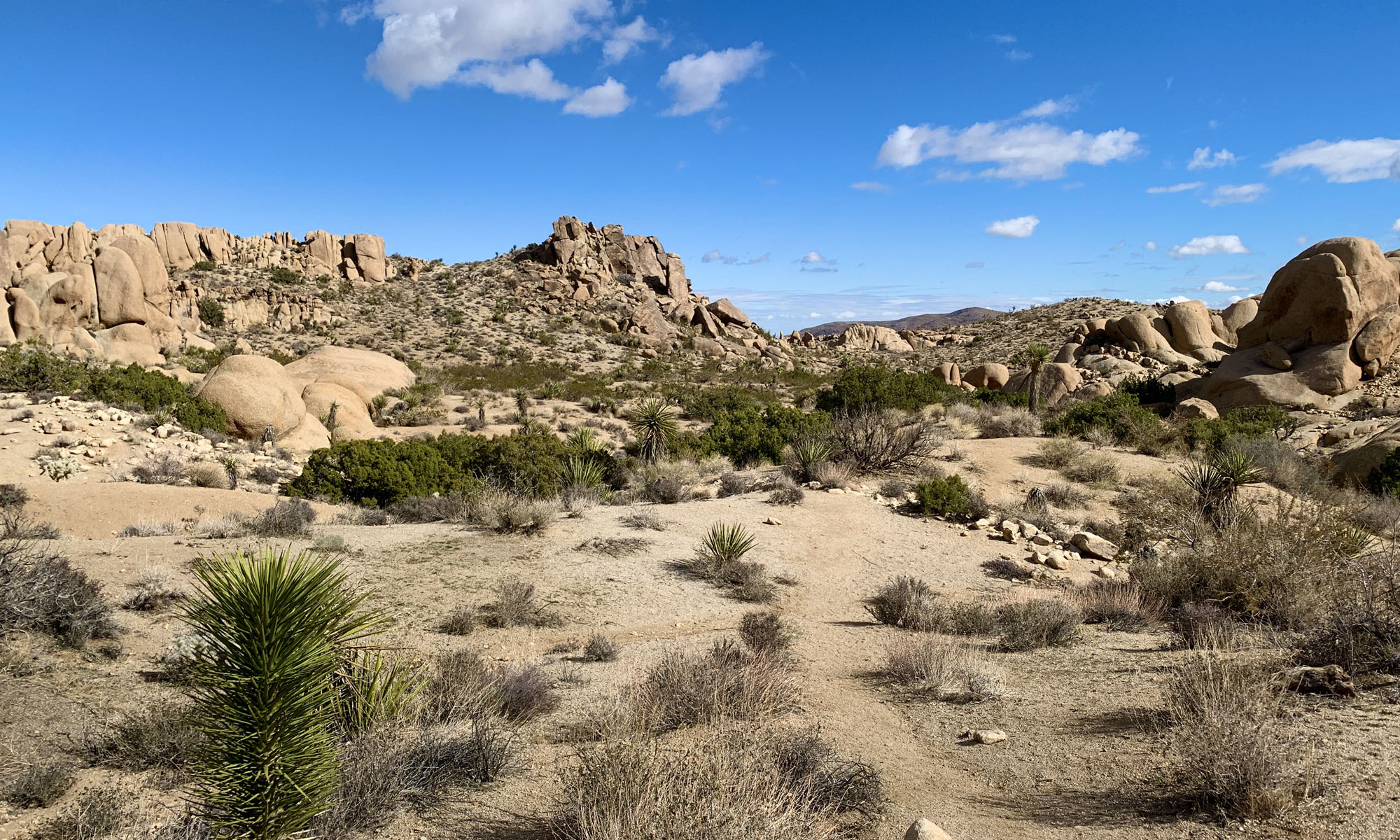Situational awareness is one of the most important skills you need to utilize while hiking in the wilderness. Unfortunately, I see enough people who don’t have it or exercise it.
The lack of situational awareness in other people has been noticeable to me for quite awhile, but I haven’t really thought about writing about it until what I saw on the Thunder Mountain Trail recently. I passed a hiker who at first I didn’t think much about other than he was a general idiot, until I started to think about him more as I hiked and actually got angry.
On first appearance, I just thought he was a dumbsh*t hiker somewhere in line for a Darwin Award as he approached me in the wilderness wearing earbuds. I knew he had them turned up after I stepped aside for him to pass and he said, “Thank you,” very loudly so he could hear his own voice over the volume of his earbuds. Clearly, he had no capacity for audio situational awareness around him.
Before I get further into why he made me angry, I want to go into how important situational awareness is in the wild. This young man was clearly from the city. He was comfortable, and in the back of his mind probably thought he was walking around, at best, in a petting zoo. If there were a bear or some other wild animal around him that may have made some kind of noise that would have given him a reason to look around and take notice of his surroundings, he wouldn’t have heard it and could have walked right into the path of it – such as a coiled rattling rattlesnake giving him a warning as he approached.
On top of that, after being struck, this hiker would not have had an emergency locator beacon on him, and his cell phone that his earbuds were synched to would have had no cell reception.
I was with a hiker once who was so enraptured with the natural environment around us in the high Sierras that she had no idea there were other hikers coming in our direction on the trail, even though they could be heard talking from a distance with each other. She’s a really good friend of mine, but you put her out there in the wild, and she’s also a potential Darwin Award winner since she doesn’t have a good sense of situational awareness.
This isn’t to say I’m totally on top of it myself. I’ve been surprised while hiking either by hikers or other things I did not see or hear. But I am alert, and I pay attention to sounds, smells and sights.
Sound, for me, is extremely important to pay attention to. If something is even slightly out of whack of where I am, I stop and pay attention to it before I move on. Sight isn’t so good. Sometimes I’ve been surprised by other people sitting quietly on the trail as I approached them only to see them as I’m almost on them. This is because if it doesn’t move, it doesn’t really register, unless there is something visually about that person that stands out – like they’re wearing a safety green color or other stand-out colors hunters sometimes wear. The human eye is attracted to movement. I know I’ve hiked past rattlesnakes, and I’m sure bears and mountain lions have had me in their sights, and I’m positive that I’ve hiked right past them and not known it, even for as alert as I like to think I am. I’m not unique in this – every hiker has been through this and not known it. Fortunately, for the most part, wild animals don’t want anything to do with us, but there are those instances where they will take us on. When they do, the results are usually not so good for the human(s) involved, such as the case where one mountain biker in Washington State was killed by a charging mountain lion and another injured. This was abnormal behavior for a mountain lion to attack in this fashion, but like in the human world, there are also psychos in the animal world. This isn’t to say this animal was abnormal, but there are animals, like in humans, with mental abnormalities.
Back to the hiker that made me angry. Because the vegetation was so high on the sides of the trail, I did not see or hear the little poodle behind him panting feverishly until they were passing me. From the trailhead, they were between a mile and a mile and a half in on an eight-mile hike. There is no way that dog was going to make it without collapsing, and the man guiding it on the leash had no clue what that dog was going through because he wore those earbuds. It’s one thing if something happens to him because of his own stupidity, but it’s an entirely different ballgame if he’s the cause of some other being suffering because of his own senselessness.
No matter what you’re doing in the wild, always try to be as situationally aware as you can be. You may end up saving your own life.
* Situational awareness doesn’t just apply to animals, sounds or living things you see. Situational awareness also applies to paying attention to the terrain you’re walking on or the terrain type you’re about to cover and identifying the challenges it could present and how to work around it successfully if it could present an issue. For an example of this, you can read my review of the Pleasants Ridge Trail, where I had to access the terrain and make the choice to engage in controlled falls going down the hill vs. letting gravity unavoidably take me down the trail on a steep descent where I could have been seriously injured.
